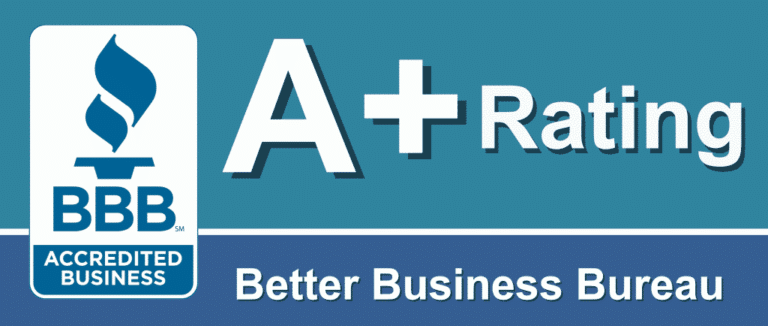Be honest: A painless, non-invasive, and remarkably effective way to hone your brain’s performance sounds fantastic. And while you’ve probably heard of an EEG before, you’d like to know more about the process. Here, Dr. Adam Breiner explains how brainwave-balancing EEG neurofeedback works:
An electroencephalogram (EEG) measures the brain’s electrical activity, giving medical professionals a window into brainwave patterns and their balance or imbalance. (The NeuroEdge Brain Performance Center uses one of the most sophisticated EEG imaging technologies known as live SLORETA, which can—unlike typical EEGs that show only surface electrical activity—measure electrical patterns deep within the brain’s cortex in real time.) When a real-time neurofeedback component is added to an EEG, patients’ brains are able to “see” and process their own brainwave patterns.
The brain, just like the body, operates less effectively as we age, so nearly everyone can improve their mental performance through EEG neurofeedback. That said, EEG neurofeedback is also known to help many diagnosable conditions including ADD/ADHD, anxiety, depression, dyslexia, learning disabilities, migraines, post-concussion symptoms, post-stroke symptoms, PTSD, autism, fibromyalgia, OCD, Parkinson’s disease, cerebral palsy, tinnitus, epilepsy, and more.
Neurofeedback training protocols are tailored to the patients’ needs and are guided by a detailed brain map from an initial baseline study. At each EEG neurofeedback session, electrode sensors are placed at specific sites on the scalp, or patients wear a special EEG cap. Typically, patients either watch a movie of their choice or play a simple computer game, such as flying an airplane or Pac-Man. There are also certain protocols in which patients lie down with their eyes closed while listening to gentle music.
The more the brain performs in the desired way, the brighter the movie screen gets, the better patients do in the game, and the more “reward tones” they hear. (These tones indicate to the brain it is performing well.) The brain likes to be rewarded, so this positive reinforcement helps it learn new, more beneficial brainwave patterns. Over the course of multiple sessions, new neuropathways are formed, which “hardwires” the desired changes. Best of all (from the patient’s point of view!), almost all of this work happens on an unconscious level.
While the number of sessions required varies from patient to patient, it’s common to experience improvements in mood, memory, focus, and attention in as little as 10 to 15 sessions or less. Further training often results in continued improvement in these areas, especially when patients also incorporate other natural therapeutics aimed at improving body and brain function (e.g., supplements geared at balancing deficiencies and neurotransmitters, food sensitivity, elimination, and detoxification).
For instance, one patient, Janet, had a job that required her to continually learn new information and skills, and that caused her considerable anxiety. Having dealt with a learning disability and attention issues her entire life, Janet hoped that EEG neurofeedback would be a turning point. After just four sessions, she started to notice an improvement in her concentration. By session 10, she reported that her memory had improved and that many people had commented on her improved mood. After completing over 30 sessions, Janet is now able to learn new information more effectively and efficiently than ever before, and her anxiety has improved greatly. She says, “It’s as if my whole life I was drifting and didn’t even know it. I didn’t know I would ever really be capable of learning without struggling. Now I know it is possible!”
Neurofeedback Therapy is one of the safest therapies one can do to help neurological issues. However, it is important to have only trained professionals administer the sessions. The brain is very complex, and you want to have it guided in the right direction. This stipulation is all the more vital in more complex cases, as some healing reactions can occur. Further, targeted brain training based on brain maps and other analysis is crucial for achieving optimal and lasting results.
Children should absolutely be utilizing EEG neurofeedback. Not only is it safe, but it is very effective as well. In fact, the American Academy of Pediatrics has recognized that neurofeedback is an effective intervention for ADHD. There are other conditions seen with pediatric cases, such as learning disabilities like dyslexia, that it can really help with. It is also effective in treating autism.
Dr. Breiner offers several examples of children who benefitted from EEG neurofeedback. For example, Sammy suffered from dyslexia. He would always write his letters backward. But after some targeted neurofeedback sessions, Sammy started writing perfectly and was able to excel in school. Tim, an avid high school athlete, used the process to help with issues he was having with focus and depression. After only a few sessions, his mood noticeably improved. His focus and ability to execute on the field was noted by his coach, who was impressed by the changes.

"*" indicates required fields